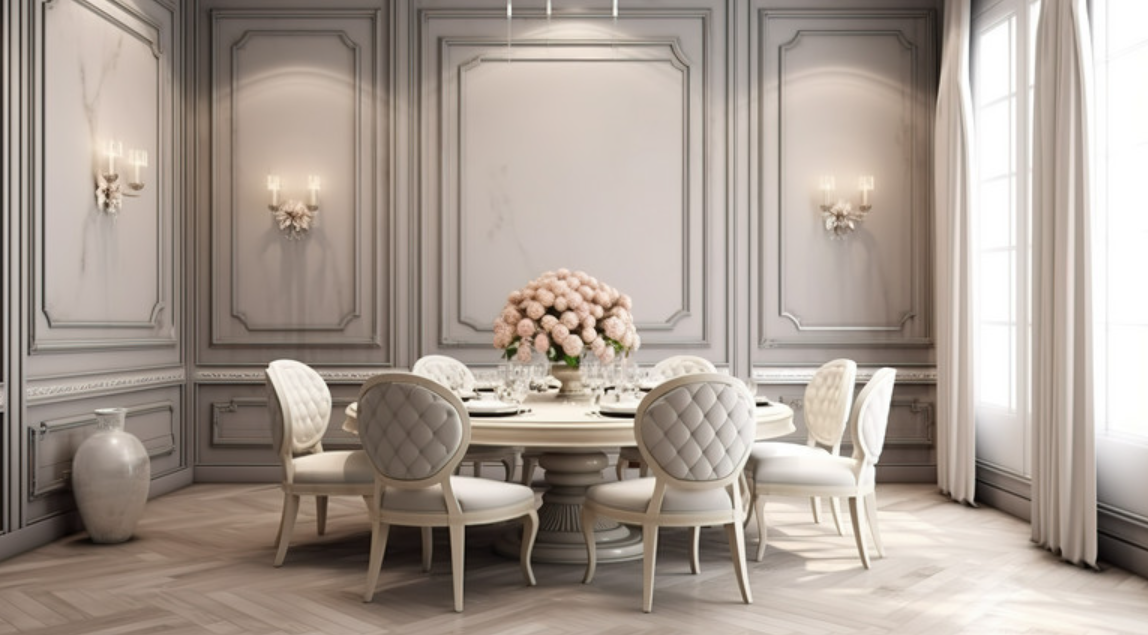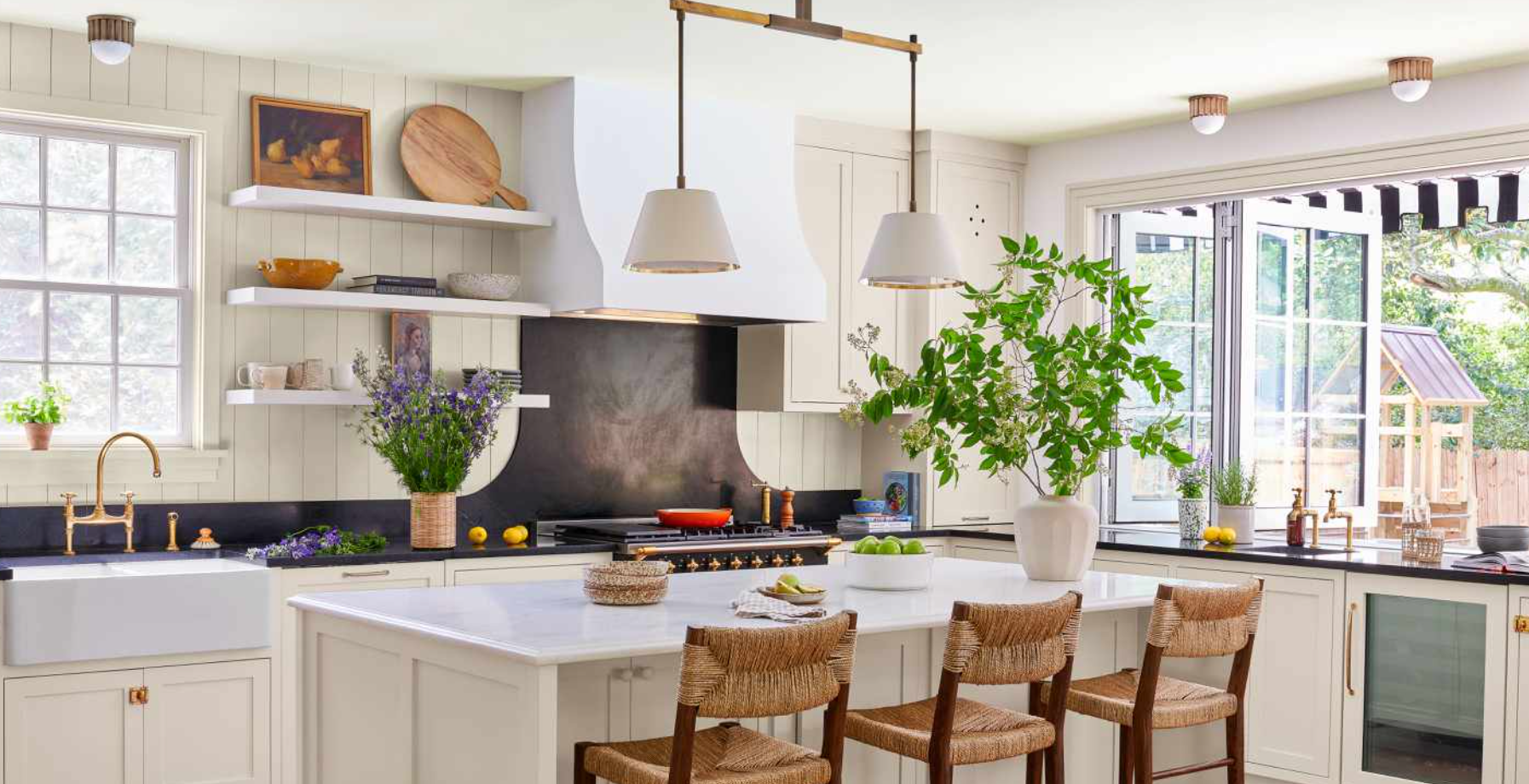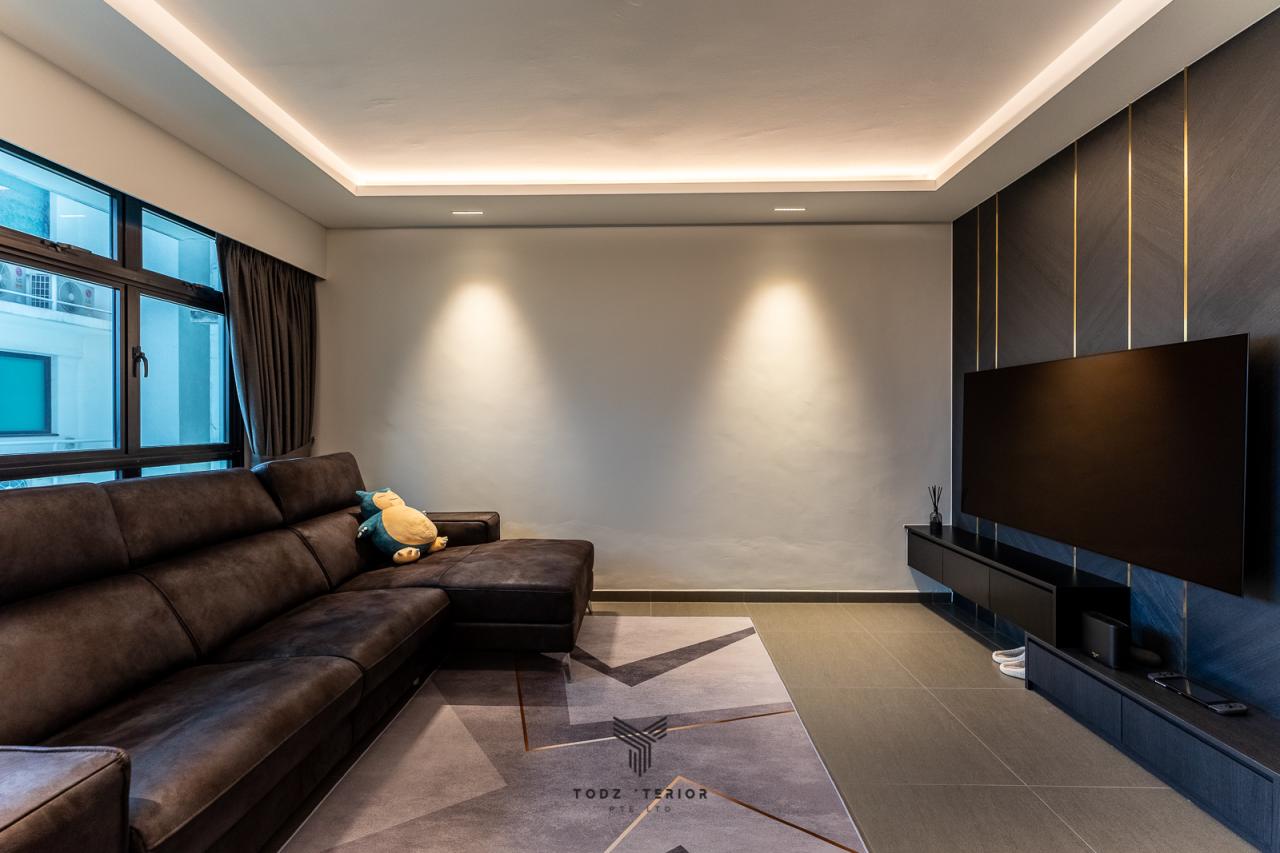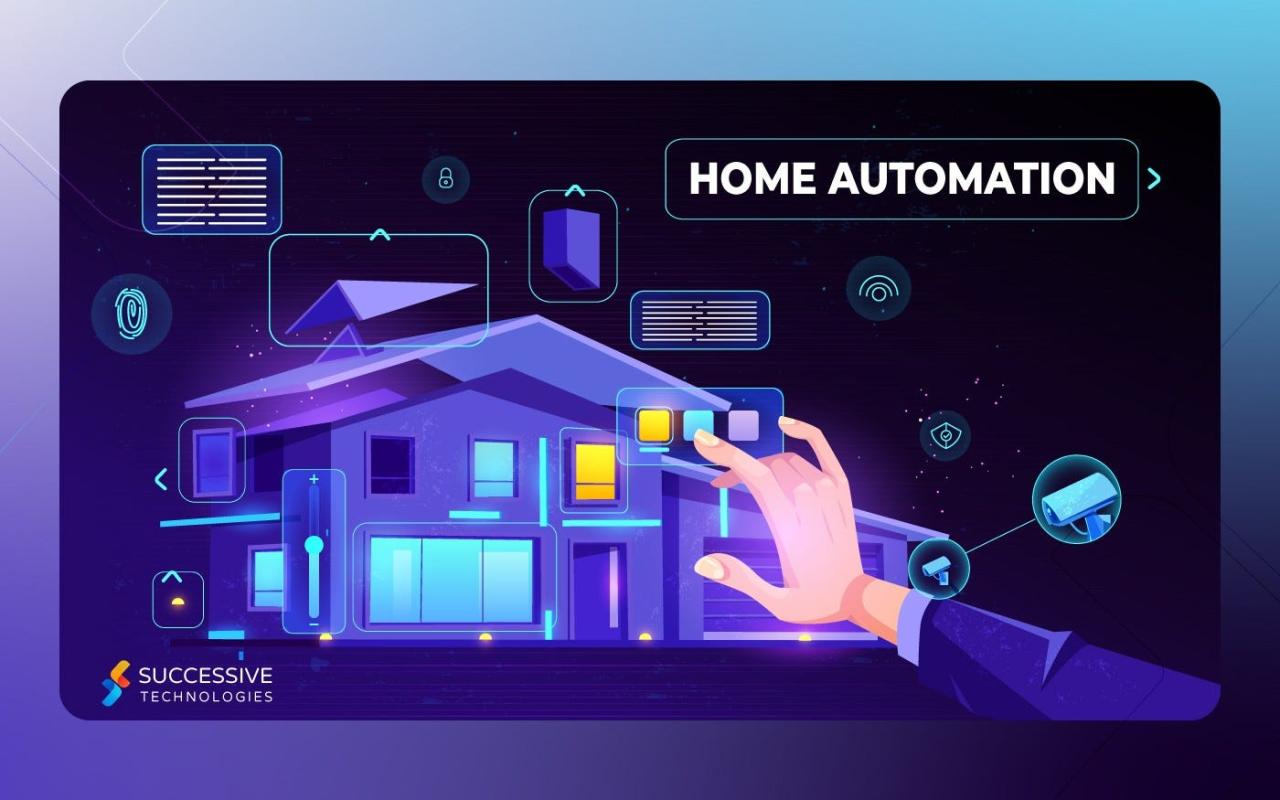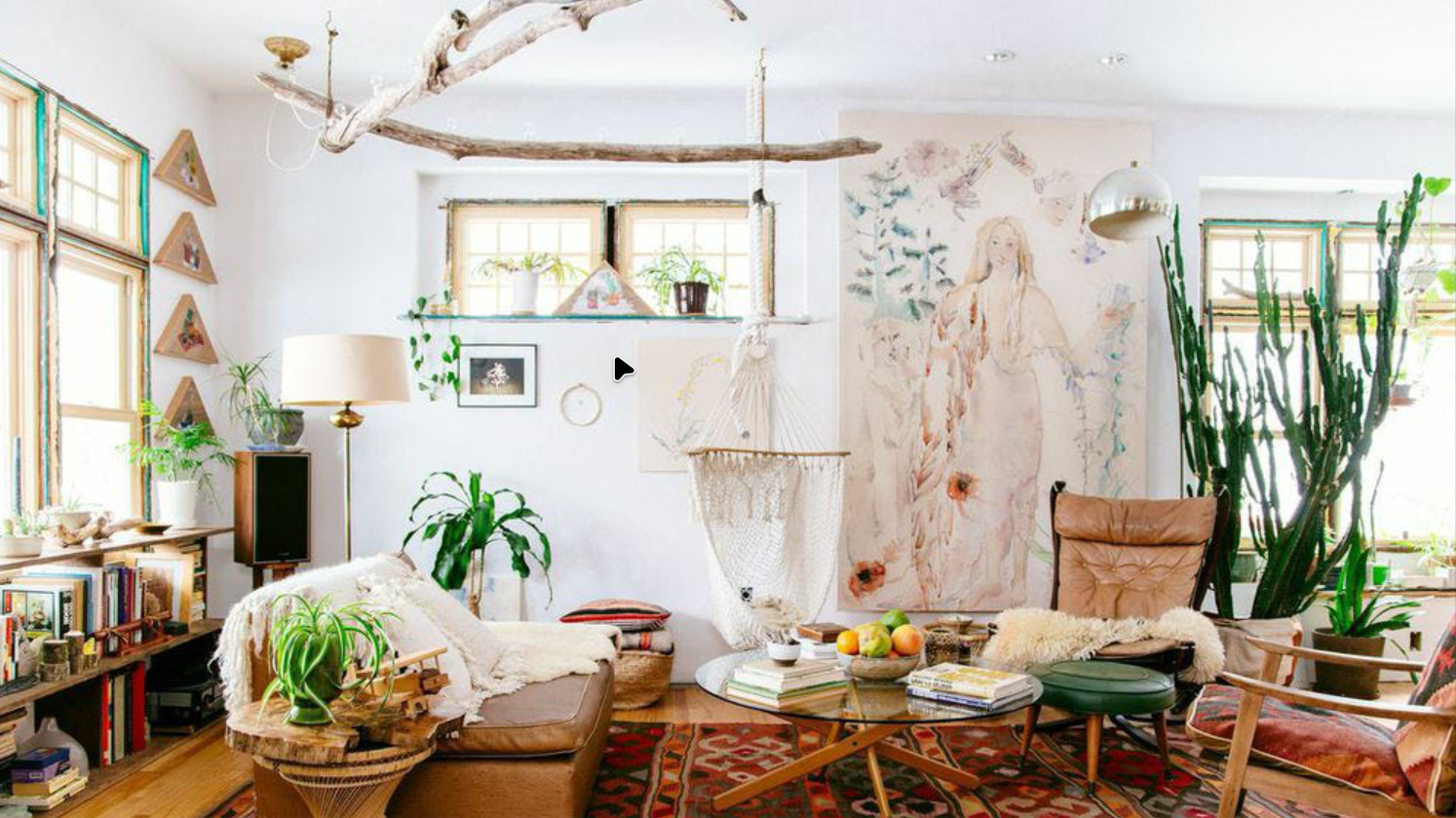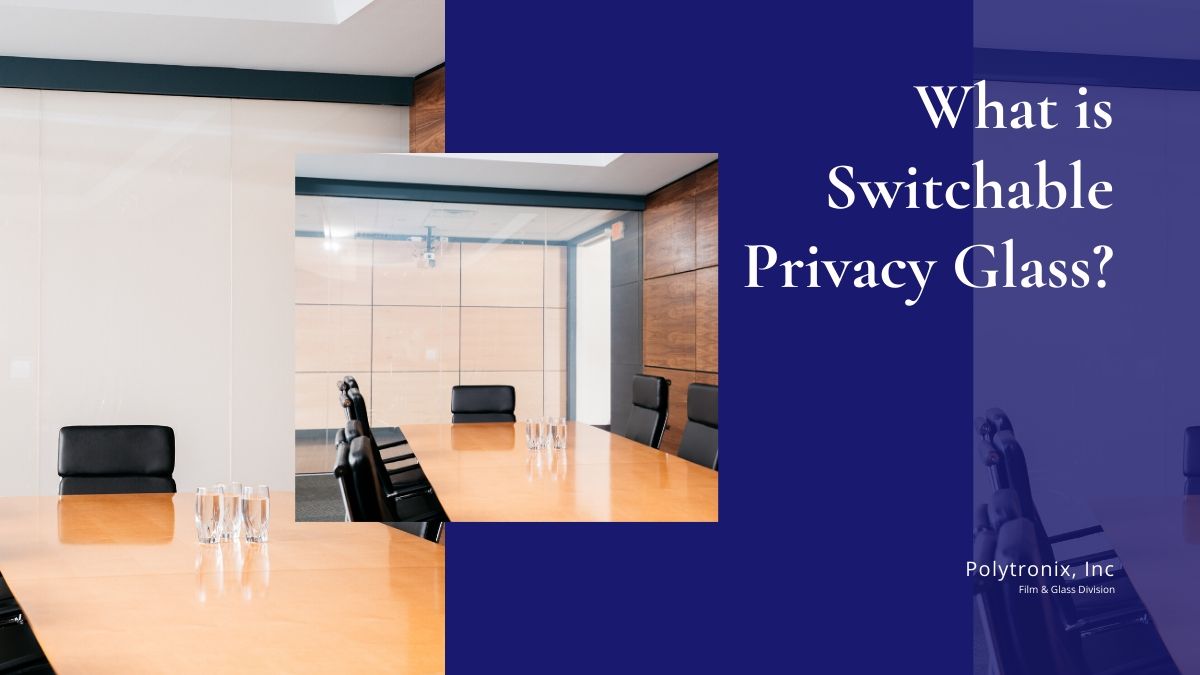Finding the perfect balance between security and ambiance with outdoor lighting is a delicate dance. Too much light and you risk creating a harsh, unwelcoming space; too little, and security concerns become paramount. This exploration delves into the art of illuminating outdoor spaces, examining how different lighting technologies, placement strategies, and color temperatures can be skillfully orchestrated to achieve both a safe and inviting atmosphere.
We’ll explore practical solutions for navigating this design challenge, ensuring your outdoor areas are both secure and aesthetically pleasing.
The journey begins by defining what constitutes this “perfect balance,” analyzing the inherent conflict between bright, security-focused lighting and the softer, more inviting glow that creates ambiance. We’ll then delve into the diverse world of outdoor lighting technologies – LED, halogen, solar – comparing their strengths and weaknesses in terms of brightness, energy efficiency, and aesthetic impact. Strategic placement is key, and we will explore how to layer lighting to achieve both security and ambiance, focusing on pathways, entryways, and landscaping.
Color temperature plays a crucial role, influencing how secure and inviting your space feels; we’ll examine how different color temperatures impact perception and suggest optimal choices for various areas. Finally, we’ll discuss the integration of smart lighting systems and how to address potential issues like light pollution and glare.
Defining “Perfect Balance”
Finding the perfect balance between security and ambiance in outdoor lighting is a delicate act. The inherent conflict arises because features that enhance security, such as bright, wide-angle illumination, often detract from a space’s welcoming and aesthetically pleasing atmosphere. Conversely, softer, more atmospheric lighting, while creating a relaxing mood, might leave vulnerable areas inadequately lit, compromising safety and security.
Achieving the ideal blend requires careful consideration of lighting placement, intensity, and color temperature.The challenge lies in creating a design that effectively deters potential threats while simultaneously enhancing the beauty and comfort of the outdoor space. It’s about using light strategically to highlight architectural features, landscaping, and pathways, all while maintaining sufficient illumination for safety and security purposes.
Examples of Lighting Designs Prioritizing Security or Ambiance
Security-focused lighting designs often employ high-intensity, wide-beam spotlights strategically placed to illuminate potential entry points and perimeter areas. Think of a large warehouse or industrial complex, where numerous high-wattage floodlights create a brightly lit, almost sterile environment. This approach prioritizes visibility and deterrence above all else, resulting in a functional but often uninviting atmosphere. In contrast, ambiance-focused designs prioritize mood and aesthetics.
Consider a romantic restaurant patio with strategically placed low-wattage, warm-toned lanterns or string lights. The lighting creates a warm, inviting glow, enhancing the overall dining experience but potentially compromising security in dimly lit corners.
Design Principles for Integrating Security and Ambiance, Finding the perfect balance between security and ambiance with outdoor lighting
Successfully integrating security and ambiance necessitates a layered approach to lighting. This involves combining different types of lighting to achieve both goals. For example, using motion-sensor lights in strategic locations can provide strong, immediate illumination when triggered, addressing security concerns without constantly maintaining a harsh, bright environment. These could be supplemented by low-level, ambient lighting such as path lights or uplighting on trees and architectural features to create a welcoming atmosphere.The choice of light fixture is also crucial.
Fixtures with adjustable brightness and color temperature allow for dynamic control, enabling a shift from bright security lighting at night to softer, warmer tones for evening gatherings. Using warmer color temperatures (2700K-3000K) generally creates a more inviting atmosphere, while cooler temperatures (5000K and above) offer better visibility for security purposes.Furthermore, thoughtful placement of lighting is paramount. Instead of relying on a few, high-intensity lights, a more effective approach involves using multiple, lower-intensity lights strategically positioned to illuminate pathways, steps, and other key areas.
This provides adequate illumination for safety while creating a more visually appealing and less harsh environment. Consider using recessed lighting in walkways, uplighting to highlight architectural details, and strategically placed spotlights to illuminate plants and other features. This layered approach offers both security and a visually rich ambiance.
Types of Outdoor Lighting & Their Impact
Selecting the right outdoor lighting is crucial for achieving the perfect balance between security and ambiance. The technology you choose significantly impacts both the effectiveness of your security measures and the overall aesthetic appeal of your outdoor space. Different technologies offer varying levels of brightness, energy efficiency, and aesthetic qualities, influencing your final outcome.
Let’s examine the key differences between popular outdoor lighting technologies to understand their respective contributions to security and ambiance.
LED Lighting
LED (Light Emitting Diode) lighting has rapidly become a dominant force in outdoor illumination. Its energy efficiency is a significant advantage, reducing electricity costs compared to traditional options. LEDs also offer a wide range of color temperatures, from warm white (creating a welcoming ambiance) to cool white (providing brighter, more security-focused illumination). The long lifespan of LEDs also minimizes maintenance needs.
However, the initial cost of LED fixtures can be higher than other technologies. High-quality LEDs, though, offer superior brightness and durability, making them a worthwhile long-term investment. For security, strategically placed bright white LEDs can deter intruders and illuminate potential blind spots. For ambiance, warm white LEDs can create a cozy and inviting atmosphere along pathways or around patios.
Halogen Lighting
Halogen lights offer a bright, crisp white light, making them effective for security purposes. They are relatively inexpensive to purchase, and their light output is strong. However, halogens consume significantly more energy than LEDs and have a shorter lifespan, requiring more frequent replacements. The heat generated by halogen bulbs can also be a concern, especially in enclosed fixtures.
Achieving the perfect balance between security and ambiance with outdoor lighting requires careful planning. Consider how to highlight architectural features while deterring unwanted visitors; perhaps you could even live stream your beautifully lit space, monetizing your efforts through methods detailed in this helpful guide: cara mendapatkan uang dari live streaming tanpa bayar apapun. Ultimately, effective outdoor lighting enhances both the safety and aesthetic appeal of your property.
While they provide good brightness for security, their harsh, intense light can be less aesthetically pleasing than warmer LED options for creating ambiance. The energy inefficiency and shorter lifespan often outweigh the lower initial purchase cost in the long run.
Solar Lighting
Solar-powered lights offer a sustainable and environmentally friendly option. They require no wiring, making installation simple and cost-effective. However, their brightness is typically lower than LEDs or halogens, and their effectiveness is directly dependent on sunlight availability. Cloudy days or shorter winter days can significantly reduce their performance. While sufficient for low-level ambiance lighting, they might not provide the high-intensity illumination necessary for robust security.
Solar lights are generally best suited for pathways, garden accents, or areas requiring less intense illumination. They offer a good balance of sustainability and low maintenance, but are limited in their security application.
Comparison Table
| Technology | Brightness Level | Energy Efficiency | Ambiance Contribution | Security Effectiveness |
|---|---|---|---|---|
| LED | High (variable) | Very High | High (variable color temperature) | High (especially with bright white) |
| Halogen | High | Low | Moderate (can be harsh) | High (bright light) |
| Solar | Low to Moderate | High (but dependent on sunlight) | Moderate (soft, diffused light) | Low to Moderate |
Strategic Lighting Placement for Security and Ambiance
Strategic placement of outdoor lighting is crucial for achieving the perfect balance between security and ambiance. The goal is to illuminate key areas effectively for safety while simultaneously creating a welcoming and aesthetically pleasing atmosphere. Poorly placed lights can create harsh shadows, detract from the beauty of your landscaping, or even make your home appear more vulnerable. Conversely, well-placed lighting enhances both security and the overall appeal of your outdoor spaces.
Lighting placement significantly impacts both the security and ambiance of your outdoor environment. The strategic use of light can deter intruders, highlight architectural features, and create a warm, inviting atmosphere. Conversely, poorly planned lighting can create dark, shadowy areas that are attractive to criminals and diminish the aesthetic appeal of your property. Consider the interplay of light and shadow, and how it affects the perception of safety and beauty.
Optimal Placement Strategies for Different Lighting Types
The effectiveness of different lighting types is directly related to their placement. Consider the specific purpose of each light fixture and its impact on the overall design. Incorrect placement can lead to wasted energy, inadequate illumination, and a less-than-ideal aesthetic outcome. Careful planning ensures maximum effectiveness and a balanced result.
- Pathways: Low-level path lighting, such as bollard lights or in-ground lights, should be spaced evenly along walkways to provide adequate illumination without creating glare. Warm-toned LED lights are ideal for creating a welcoming ambiance. Avoid harsh, high-intensity lights that could be blinding or uninviting.
- Entryways: Entryways benefit from brighter, more focused lighting. Motion-sensor lights provide both security and energy efficiency, illuminating the area only when needed. Consider a combination of overhead lighting and wall-mounted fixtures for even illumination. Choose a light color temperature that complements the architectural style of your home.
- Landscaping: Accent lighting can highlight trees, shrubs, and other landscaping features, creating visual interest and enhancing the beauty of your outdoor space. Uplighting can dramatically illuminate trees, while downlighting can create a more subtle effect. Use low-voltage lighting to minimize energy consumption and potential fire hazards.
Layered Lighting Techniques for Enhanced Security and Ambiance
Layered lighting involves combining different types of lighting to achieve a balanced effect. This approach allows for both security and aesthetic appeal, creating a layered effect that enhances the overall impact of the lighting design.
Achieving the perfect balance between security and ambiance with outdoor lighting requires careful planning. For instance, if you’re live-streaming your beautifully lit garden, ensuring a smooth broadcast is key; you might find helpful advice on resolving streaming issues like lag and buffering by checking out this guide: cara mengatasi lag dan buffering saat live streaming di hp.
Ultimately, effective outdoor lighting enhances both safety and the overall aesthetic appeal of your property.
By strategically combining ambient, task, and accent lighting, a layered approach creates depth and visual interest while enhancing both security and ambiance. Ambient lighting provides overall illumination, task lighting focuses light on specific areas, and accent lighting highlights features. For example, ambient lighting could be provided by low-level path lights, task lighting by brighter lights near the entryway, and accent lighting to highlight a specific garden feature.
This combination creates a safe and welcoming environment.
Lighting Color Temperature and its Effects
The color temperature of your outdoor lighting significantly impacts both the perceived security and the overall ambiance of your property. Choosing the right color temperature is crucial for creating a space that feels both safe and inviting. Different temperatures evoke different moods and can influence how effectively the lighting achieves its security goals.The color temperature of light is measured in Kelvin (K).
Lower Kelvin values represent warmer colors, while higher values indicate cooler colors. This affects not only the aesthetic appeal but also the practical functionality of your outdoor lighting. Warm light, for example, can create a cozy atmosphere, while cooler light might be better suited for illuminating pathways for safety. Understanding these nuances is key to achieving the perfect balance.
Color Temperature and its Impact on Security and Ambiance
Different color temperatures influence how secure and inviting your outdoor space feels. Warm white light (around 2700K-3000K) tends to create a welcoming and relaxing atmosphere, while cool white light (around 5000K-6500K) can appear more sterile and even harsh, but provides better visibility. The choice depends on the specific area and its intended use.
Optimal Color Temperatures for Different Outdoor Areas
The ideal color temperature varies depending on the location and its purpose. Pathways benefit from brighter, cooler light (around 4000K) to ensure clear visibility and prevent accidents. Patios and seating areas are better suited to warmer temperatures (2700K-3000K) to create a relaxed and inviting ambiance for socializing. Gardens can benefit from a mix, using warmer light to highlight features and cooler light for pathways within the garden.
Achieving the perfect balance between security and ambiance with outdoor lighting requires careful planning. Consider factors like light placement and intensity to create a welcoming atmosphere while deterring unwanted visitors. For optimal results, you might find inspiration from resources like this article on successfully attracting a large audience: tips dan trik sukses live streaming untuk mendapatkan banyak penonton , which, while seemingly unrelated, highlights the importance of strategic planning for a desired outcome.
Ultimately, well-executed outdoor lighting enhances both safety and aesthetic appeal.
Color Temperature Comparison Table
| Color Temperature (Kelvin) | Security Impact | Ambiance Impact | Suitable Locations |
|---|---|---|---|
| 2700K – 3000K (Warm White) | Lower visibility, may not deter intruders as effectively. | Creates a warm, inviting, and relaxing atmosphere. | Patios, decks, seating areas, garden accents. |
| 4000K (Neutral White) | Good visibility, provides a balance between security and ambiance. | More neutral and less visually intrusive than cool white. | Pathways, driveways, entryways. |
| 5000K – 6500K (Cool White) | High visibility, can deter intruders with its brightness. | Can feel harsh or sterile, less inviting. | Security lighting, perimeter lighting, high-traffic areas requiring clear visibility. |
Incorporating Natural Elements
Integrating natural elements into your outdoor lighting design offers a powerful way to enhance both security and ambiance. By cleverly illuminating existing landscaping features, or strategically incorporating new ones, you can create a visually stunning and safe environment that feels welcoming and secure. This approach moves beyond mere functionality, transforming your outdoor space into a captivating extension of your home.The careful use of lighting can dramatically highlight the natural beauty of your garden, while simultaneously improving visibility and deterring potential intruders.
This synergistic approach allows you to create a space that is both aesthetically pleasing and functionally secure, offering the best of both worlds.
Highlighting Natural Elements with Lighting Techniques
Several lighting techniques can be employed to showcase natural elements while bolstering security. Uplighting, for instance, directs light upwards, accentuating the textures and shapes of trees and shrubs, creating a dramatic and visually interesting effect. This technique is particularly effective in highlighting taller plants, casting interesting shadows and adding depth to the landscape. Downlighting, conversely, casts light downwards, illuminating pathways and deterring potential intruders by improving visibility in darker areas.
Path lighting, using low-voltage fixtures embedded in the ground, subtly guides movement while providing a soft, ambient glow. Silhouetting, where light is placed behind plants or structures, creates striking Artikels against a darker background, adding a dramatic and artistic touch. Finally, moonlighting, achieved using high-mounted fixtures, mimics the soft glow of the moon, casting a gentle, ethereal light across the entire space.
These techniques, when used in combination, can create a truly magical and secure outdoor environment.
A Sample Garden Lighting Design
Imagine a garden featuring a mix of mature trees, flowering shrubs, and a small water feature. The design incorporates a layered approach to lighting. Tall, slender Japanese maples are uplit, their delicate branches casting intricate shadows on the surrounding path. Low-voltage path lights, embedded subtly along the winding stone pathway, guide visitors safely through the garden while providing soft ambient illumination.
Around the water feature, a series of underwater lights create a mesmerizing, shimmering effect, highlighting the movement of the water and adding a touch of magic to the space. Flowering shrubs, such as hydrangeas and roses, are softly back-lit, creating a beautiful silhouette against the darker background. The use of warm white light throughout the garden creates a welcoming and inviting atmosphere, while strategically placed spotlights provide brighter illumination near entrances and other vulnerable areas, enhancing security without compromising the overall ambiance.
The combination of these elements – carefully chosen plants, strategic lighting placement, and a thoughtful use of lighting techniques – creates a visually stunning and secure outdoor environment. For added security, motion-sensor lights can be incorporated near entrances and less-trafficked areas, providing immediate illumination if movement is detected. This layered approach ensures that the garden is both beautifully illuminated and effectively protected.
Smart Lighting and Automation: Finding The Perfect Balance Between Security And Ambiance With Outdoor Lighting
Smart lighting systems offer a sophisticated approach to outdoor illumination, seamlessly blending security and ambiance. By integrating technology like motion sensors, timers, and remote control, these systems allow for customized lighting scenarios tailored to specific needs and preferences, ultimately enhancing both the safety and aesthetic appeal of a property.Smart lighting systems contribute significantly to both security and ambiance through automated control and responsive features.
For security, motion-activated lights deter intruders by illuminating areas upon detection of movement. Timed lighting creates the illusion of occupancy even when the home is unoccupied, discouraging potential break-ins. For ambiance, smart systems allow for gradual dimming and color changes, creating a welcoming and aesthetically pleasing atmosphere. Scenarios can be programmed to evoke specific moods, from a bright, energetic feel for entertaining guests to a soft, calming glow for a relaxing evening.
Benefits and Drawbacks of Smart Outdoor Lighting Systems
The benefits of using smart lighting systems for outdoor applications are numerous. They offer increased convenience through remote control and scheduling, enabling users to manage their lighting from anywhere with an internet connection. Energy efficiency is improved through features like automatic shutoff and dimming, reducing energy consumption and lowering utility bills. Enhanced security is achieved through motion detection and timed lighting, creating a safer environment.
Finally, the ability to customize lighting schemes for different occasions enhances the overall ambiance and aesthetic appeal of the property. However, smart lighting systems also have some drawbacks. Initial investment costs can be higher compared to traditional lighting systems. Technical expertise may be required for setup and troubleshooting, and reliance on a stable internet connection is essential for remote control functionality.
Security vulnerabilities, though rare with reputable systems, are a potential concern.
Smart Lighting Scenario for a Residential Property
Consider a residential property with pathways, a patio, and a garden. A smart lighting scenario could incorporate the following:
- Pathway Lighting: Motion-sensor lights along pathways illuminate automatically when movement is detected, providing both security and convenience. These lights could be set to a warm white color temperature for a welcoming ambiance.
- Patio Lighting: Dimmable spotlights strategically placed around the patio could be controlled remotely via a smartphone app. For evening gatherings, these could be set to a brighter, cooler white light. For a more relaxed atmosphere, they could be dimmed to a soft, warm white or even a subtle amber hue.
- Garden Lighting: Low-voltage landscape lighting with color-changing capabilities could be programmed to create different moods. A timer could set the lights to automatically turn on at dusk and off at dawn, while specific colors could be scheduled for different days of the week or events.
- Security Lighting: Bright, white security lights could be strategically positioned around the perimeter of the property, activated by motion sensors. These lights would provide a strong deterrent to intruders, illuminating areas quickly and effectively.
This scenario integrates security and ambiance by using motion sensors for immediate illumination when needed, timers for automated control, and remote access for customized lighting schemes. The use of different color temperatures further enhances the overall experience, allowing for a flexible and responsive lighting system that adapts to various needs and preferences.
Addressing Potential Issues

Source: guardianprotection.com
While achieving the perfect balance between security and ambiance with outdoor lighting is desirable, it’s crucial to acknowledge potential drawbacks of poorly planned illumination. Overly bright lighting can lead to several issues, impacting both the environment and the effectiveness of the lighting itself. Careful consideration and strategic implementation are key to mitigating these problems.Overly bright outdoor lighting can cause significant light pollution, impacting nocturnal wildlife and disrupting natural ecosystems.
Glare from intense light sources can also be a problem, reducing visibility and creating discomfort for residents and neighbors. Furthermore, excessively bright lights can sometimes ironically reduce security by creating overly illuminated areas that mask subtle movements or details.
Light Pollution Mitigation Strategies
Excessive brightness contributes to light pollution, a significant environmental concern. To minimize this, consider using lower wattage bulbs, directing light downwards, and shielding fixtures to prevent light spill into the sky. For example, using full-cutoff fixtures ensures that light is directed only where needed, preventing upward light trespass. Employing motion-sensor activated lights, which only illuminate when triggered, significantly reduces the overall light output and energy consumption.
Another effective strategy is choosing lights with warm color temperatures (2700K-3000K), which produce less blue light that is particularly harmful to nocturnal animals.
Minimizing Glare While Maintaining Security
Glare is a common problem with poorly positioned or excessively bright lights. To minimize glare, choose fixtures with diffusers or lenses that soften the light output. Positioning lights strategically, away from direct sightlines, can also help. For example, instead of aiming lights directly at pathways, consider placing them slightly higher and angled to illuminate the ground indirectly.
Using multiple, lower-intensity lights strategically placed throughout the area, rather than a few high-intensity ones, can provide adequate illumination without creating glare. This approach also offers better security by providing more evenly distributed light, making it harder for intruders to hide in shadows.
Effective Use of Low-Level Lighting
Low-level lighting can be incredibly effective in creating ambiance and simultaneously deterring intruders. This approach relies on strategically placing lights to highlight architectural features, pathways, and landscaping, while keeping overall brightness low. For instance, using path lights with warm white light creates a welcoming and inviting atmosphere, while also illuminating potential hiding places for intruders. Similarly, uplighting trees or shrubs can add depth and interest to the landscape, while also subtly illuminating areas that might otherwise be dark and inviting to criminals.
This approach creates a sense of occupancy and awareness, subtly discouraging unwanted activity. Consider using low-level lighting combined with motion-sensor lights in key areas for added security without compromising ambiance.
Conclusion
Ultimately, achieving the perfect balance between security and ambiance in outdoor lighting is about thoughtful planning and creative execution. By carefully considering lighting technologies, placement strategies, color temperatures, and the incorporation of natural elements, you can transform your outdoor spaces into havens that are both safe and beautifully illuminated. Remember, it’s not about choosing one over the other; it’s about finding the harmonious blend that perfectly suits your needs and aesthetic preferences, creating a space you’ll enjoy for years to come.
The key is thoughtful integration, balancing functionality with beauty to achieve a truly exceptional outdoor experience.
Essential Questionnaire
What are some common mistakes people make when planning outdoor lighting?
Common mistakes include using only one type of lighting, neglecting layered lighting techniques, choosing inappropriate color temperatures, and overlooking the impact of light pollution.
How can I reduce light pollution while maintaining security?
Use shielded fixtures to direct light downwards, opt for low-wattage bulbs, and strategically place lights to minimize spillover into neighboring properties or the sky.
Are solar-powered outdoor lights a good option for security and ambiance?
Solar lights offer a sustainable and cost-effective solution, but their brightness may be limited. They are better suited for ambiance than high-security applications, though advancements are constantly improving their capabilities.
How often should I replace my outdoor light bulbs?
This depends on the bulb type, but generally, LED bulbs last much longer than traditional incandescent or halogen bulbs. Check the manufacturer’s specifications for recommended replacement intervals.
What are the best practices for maintaining outdoor lighting fixtures?
Regularly clean fixtures to remove dirt and debris, which can reduce light output. Check for loose connections and damaged wires to prevent electrical hazards.
- Pivot Glass Doors A Stylish Choice - June 2, 2025
- Mountain Modern Cabin A Stylish Retreat - May 6, 2025
- Modern Loft House A Stylish Home - May 6, 2025

